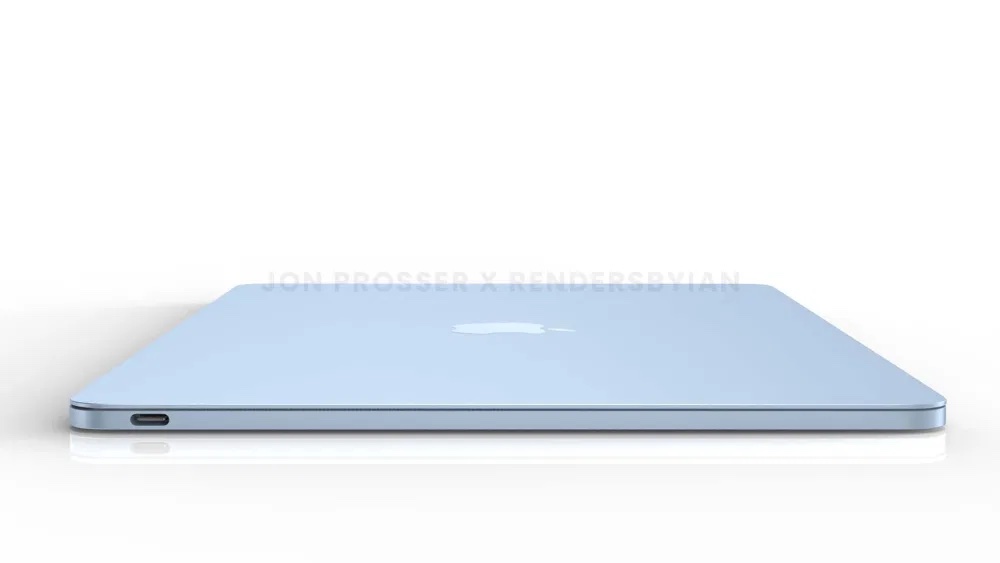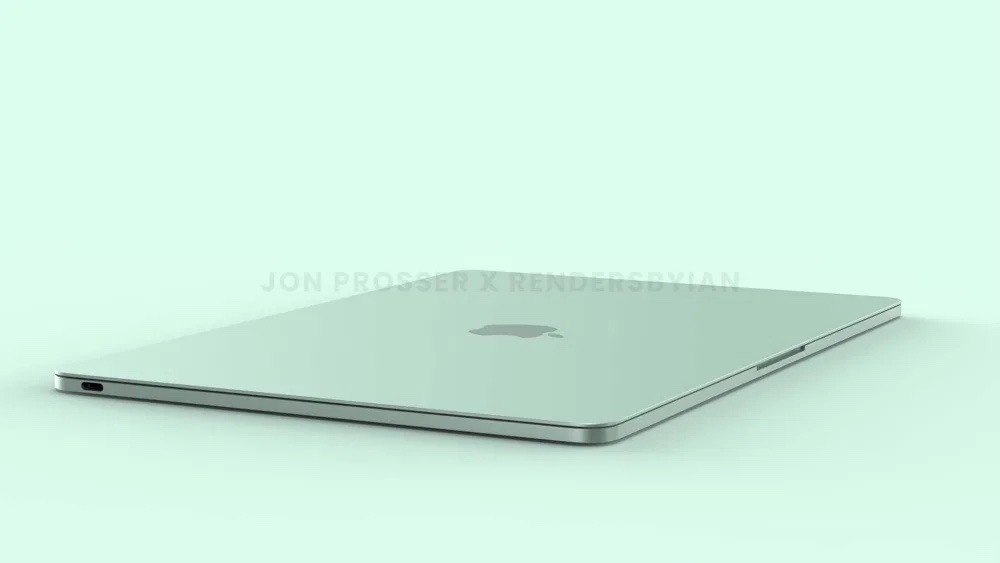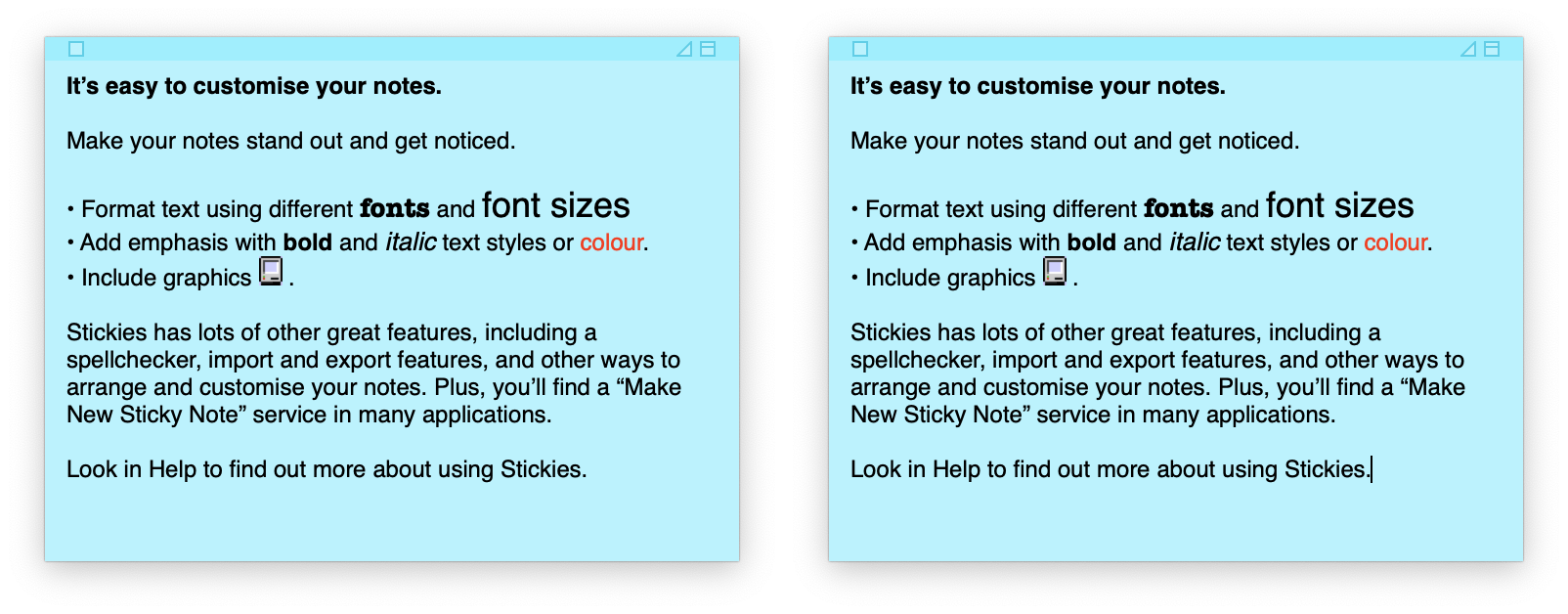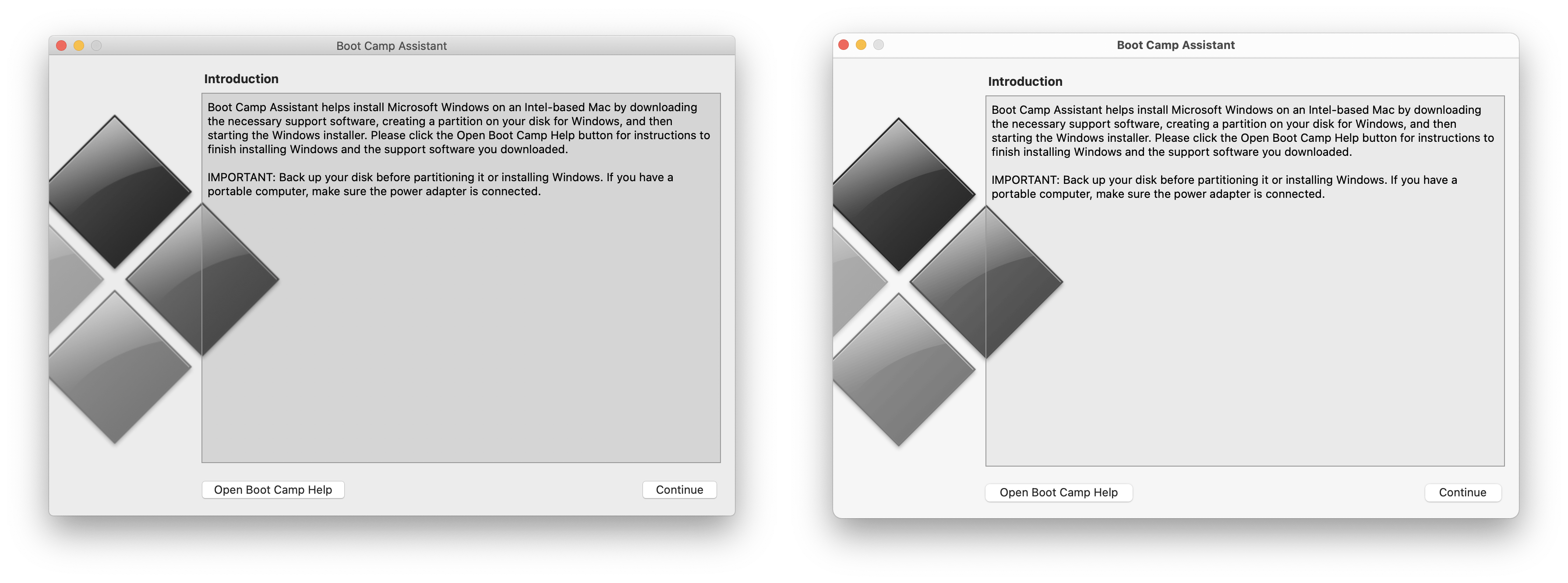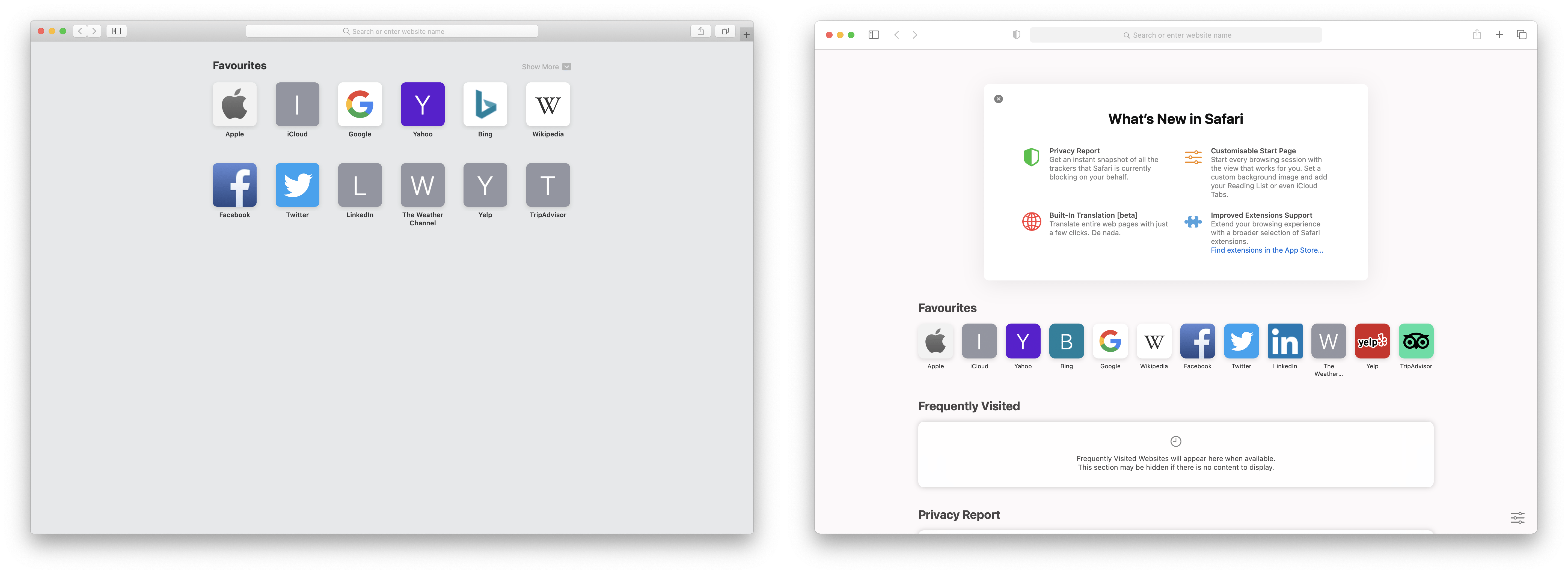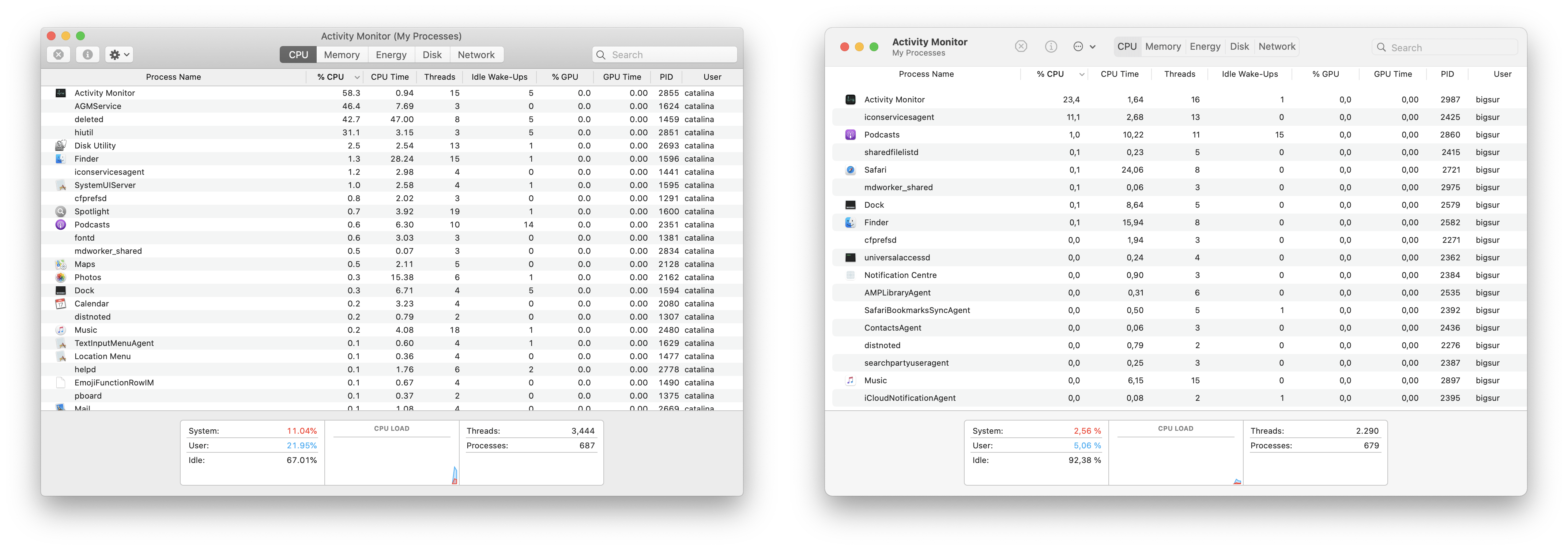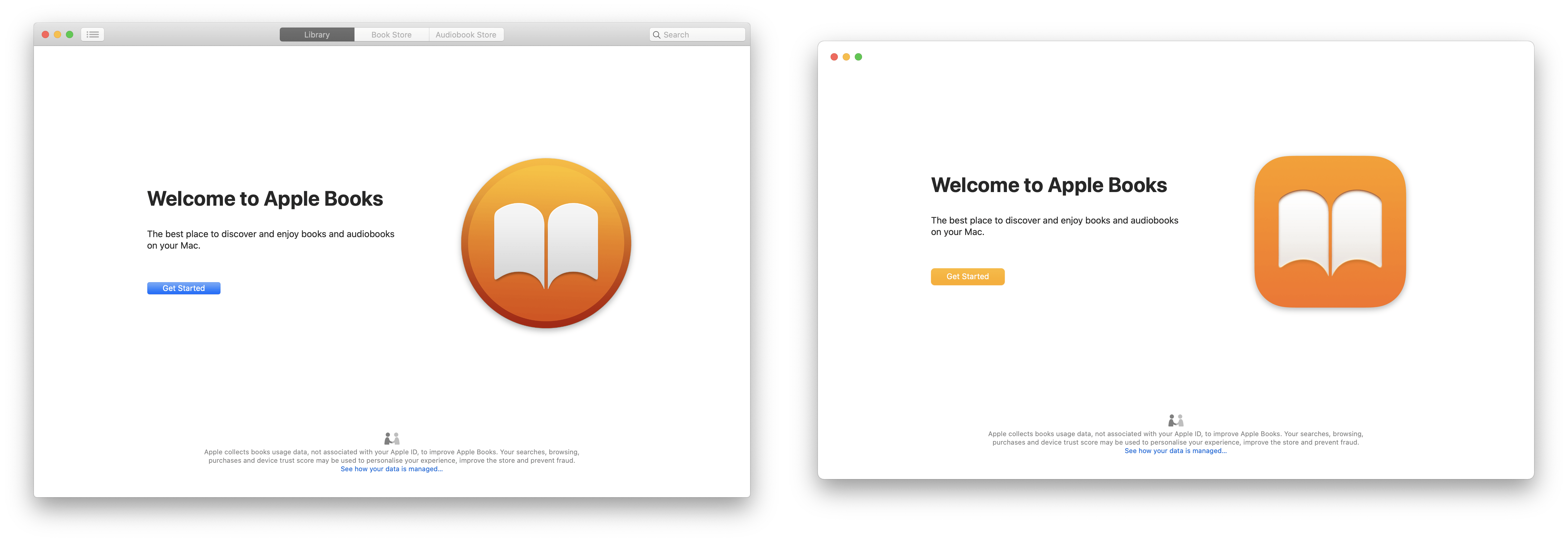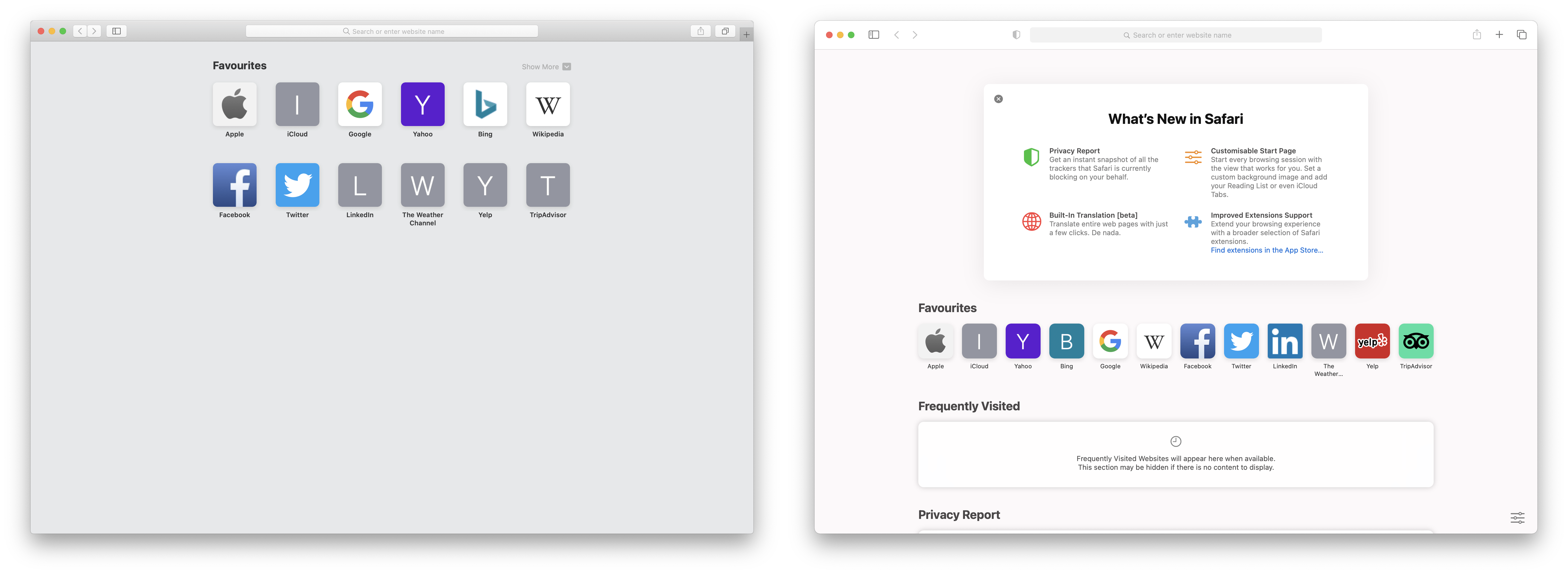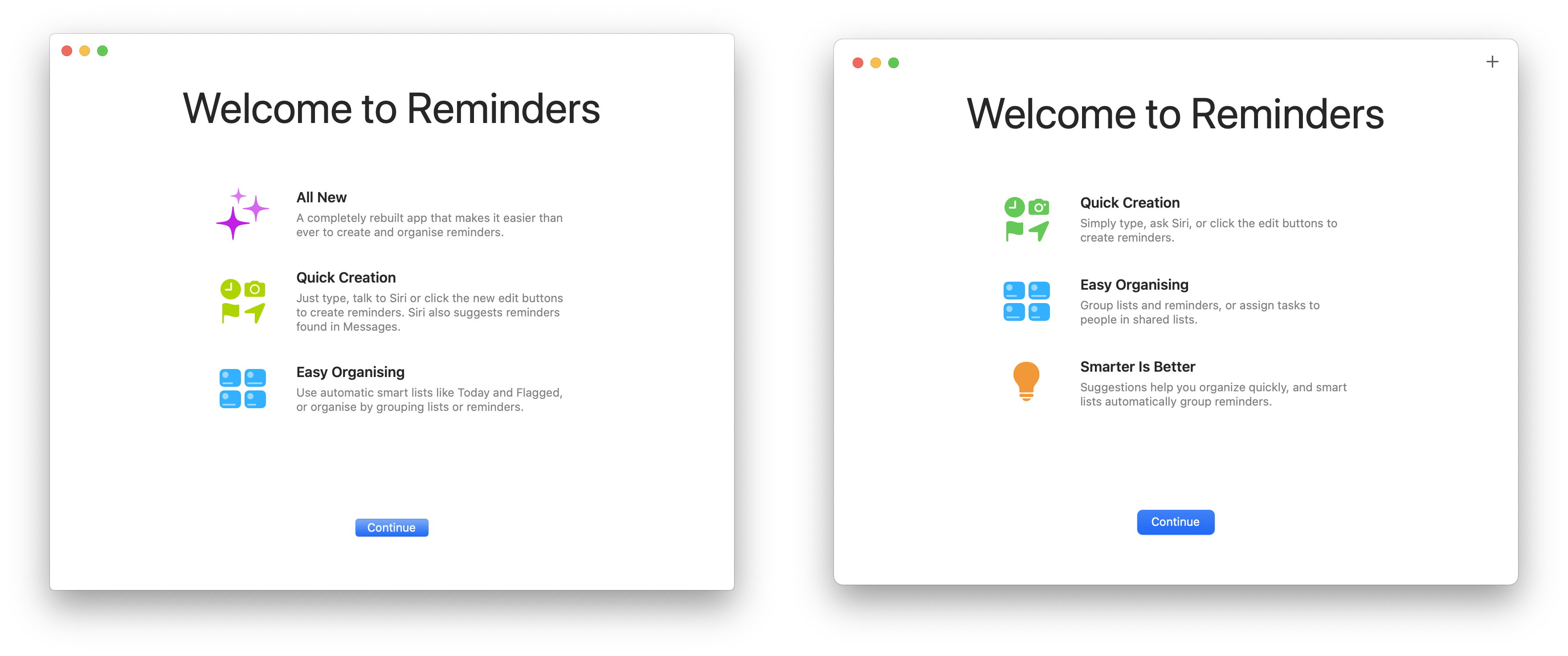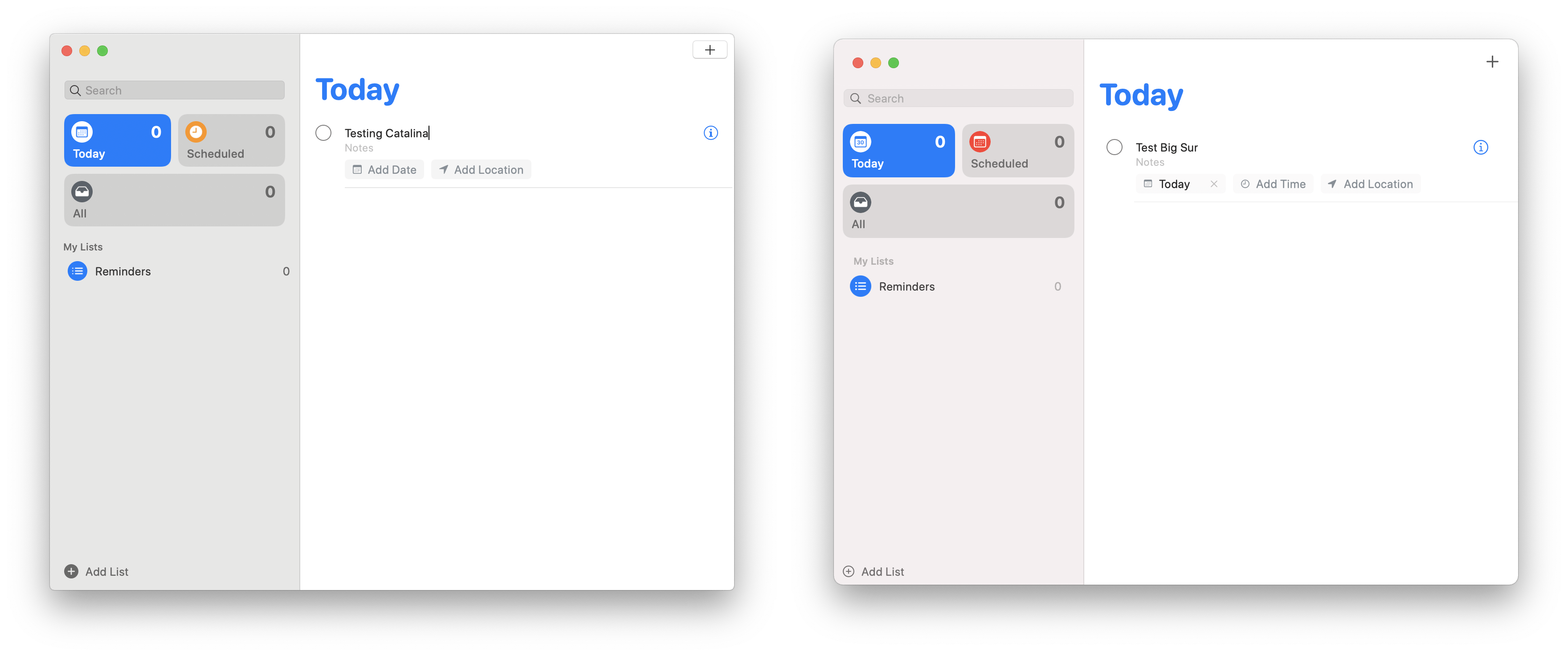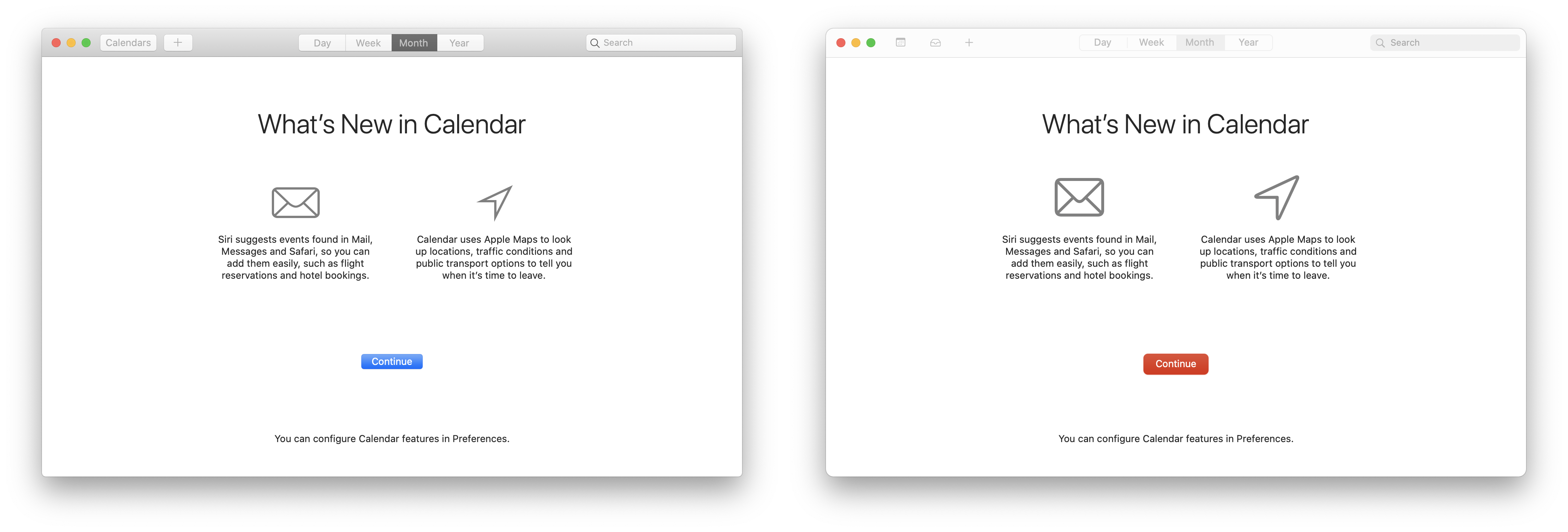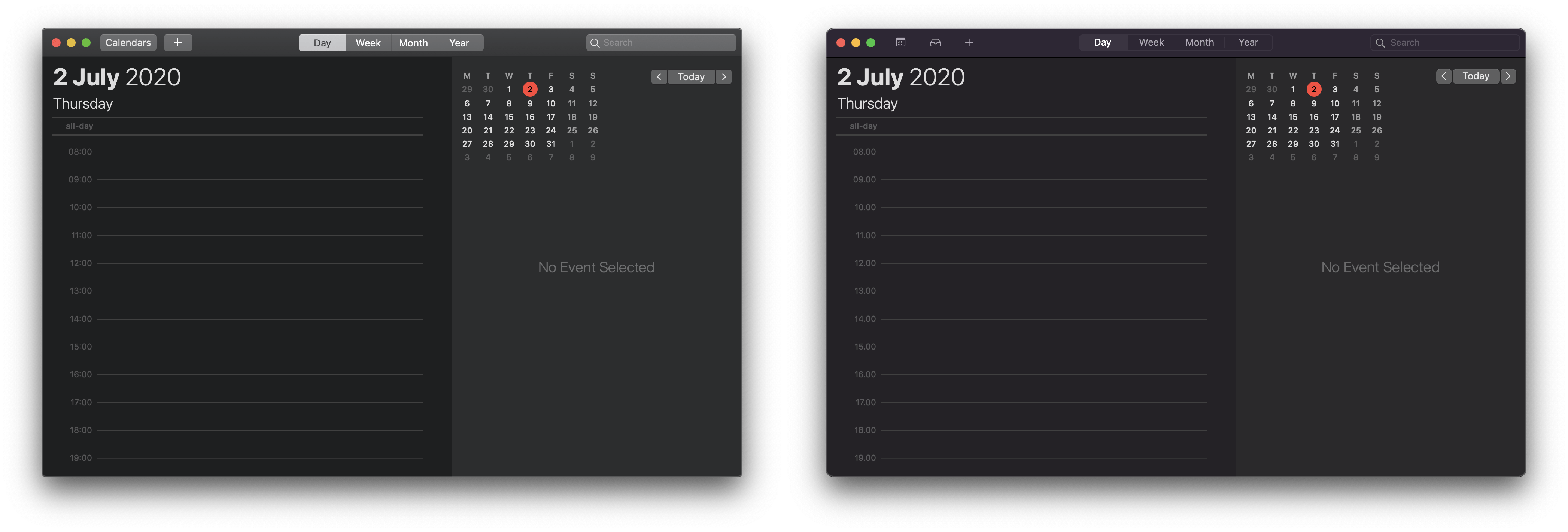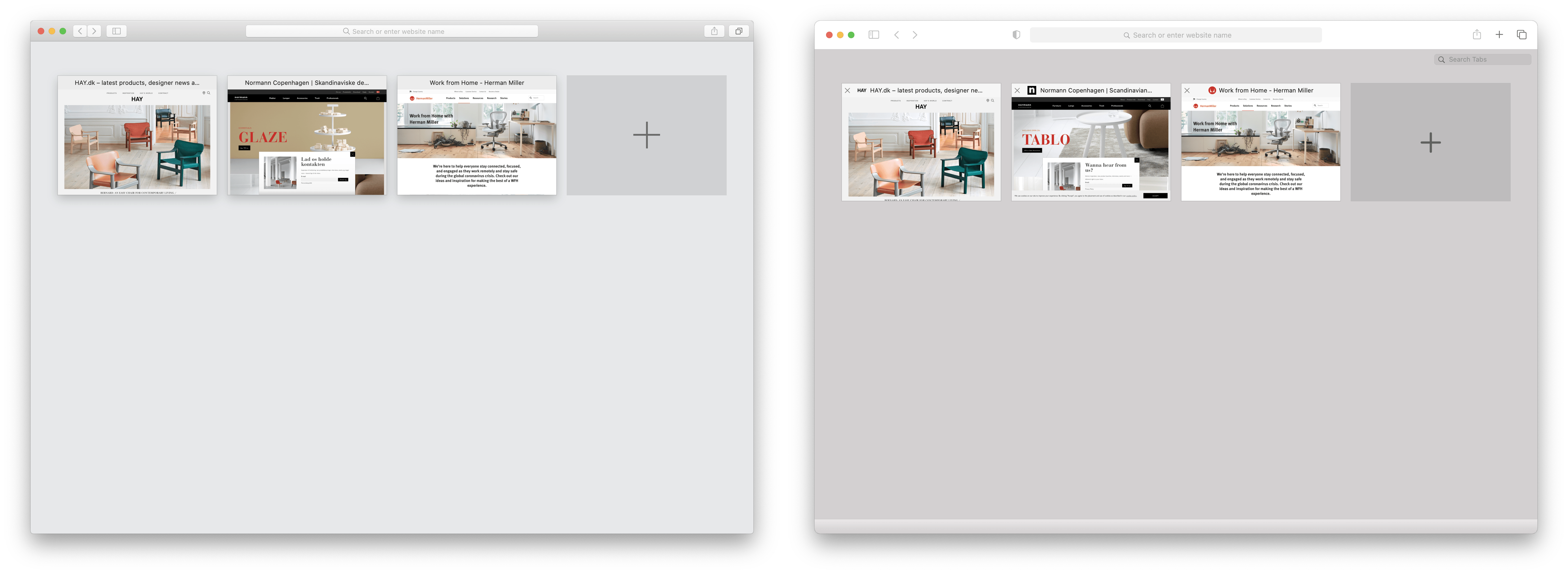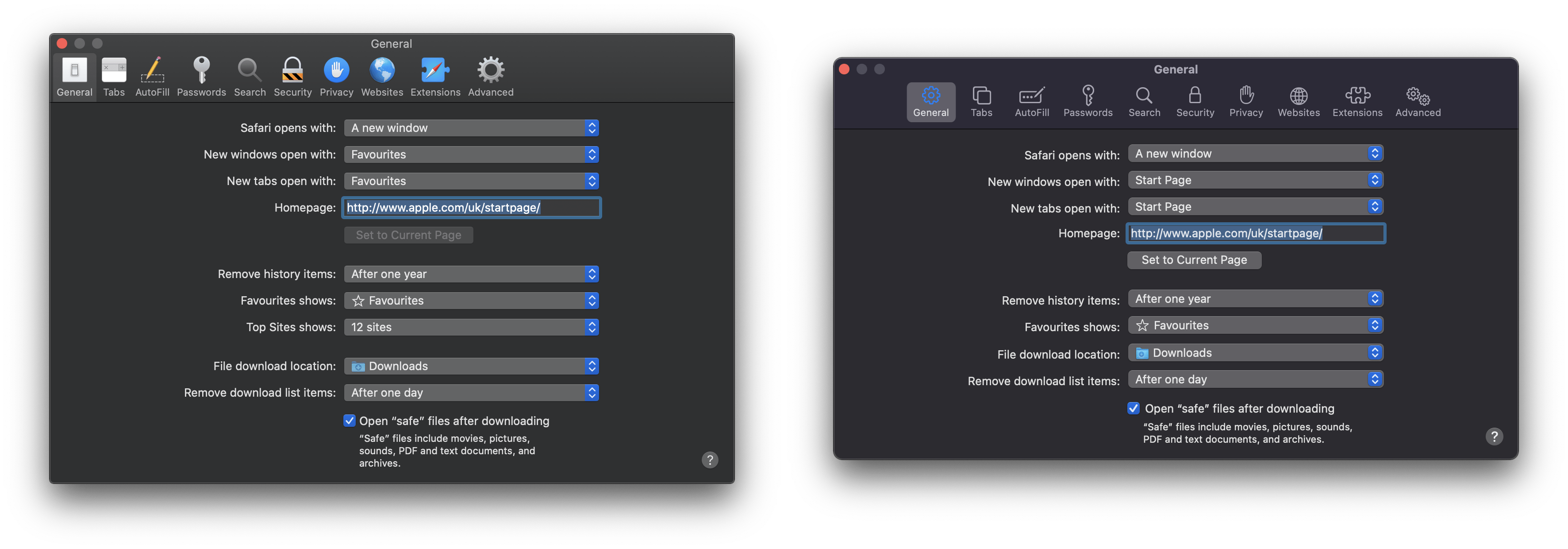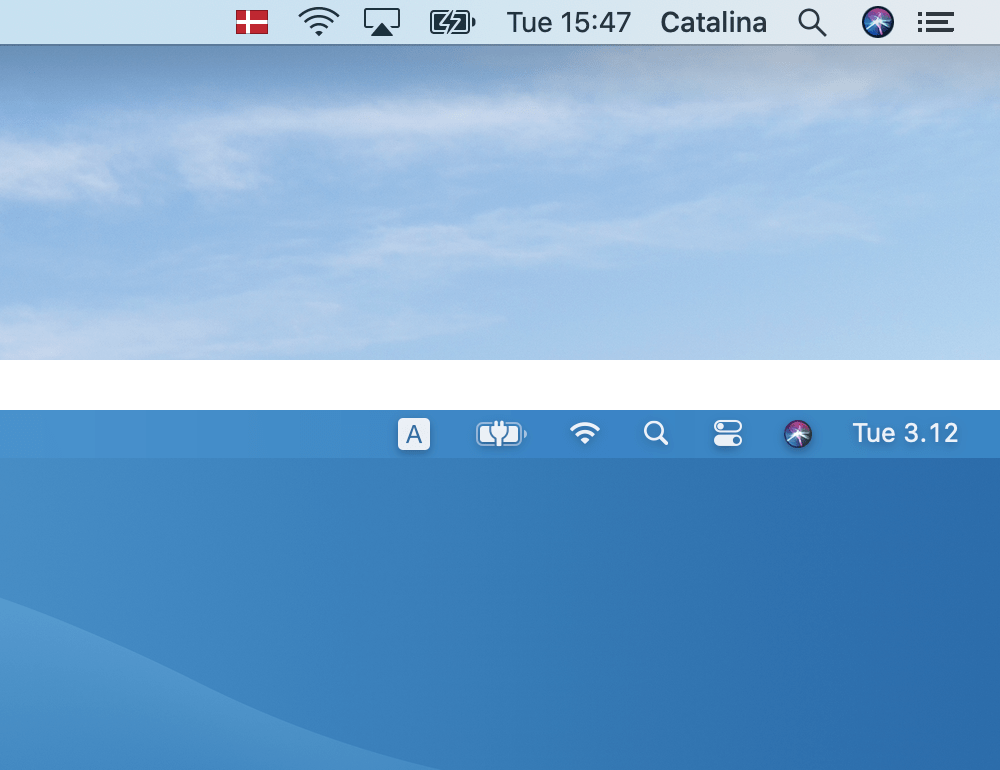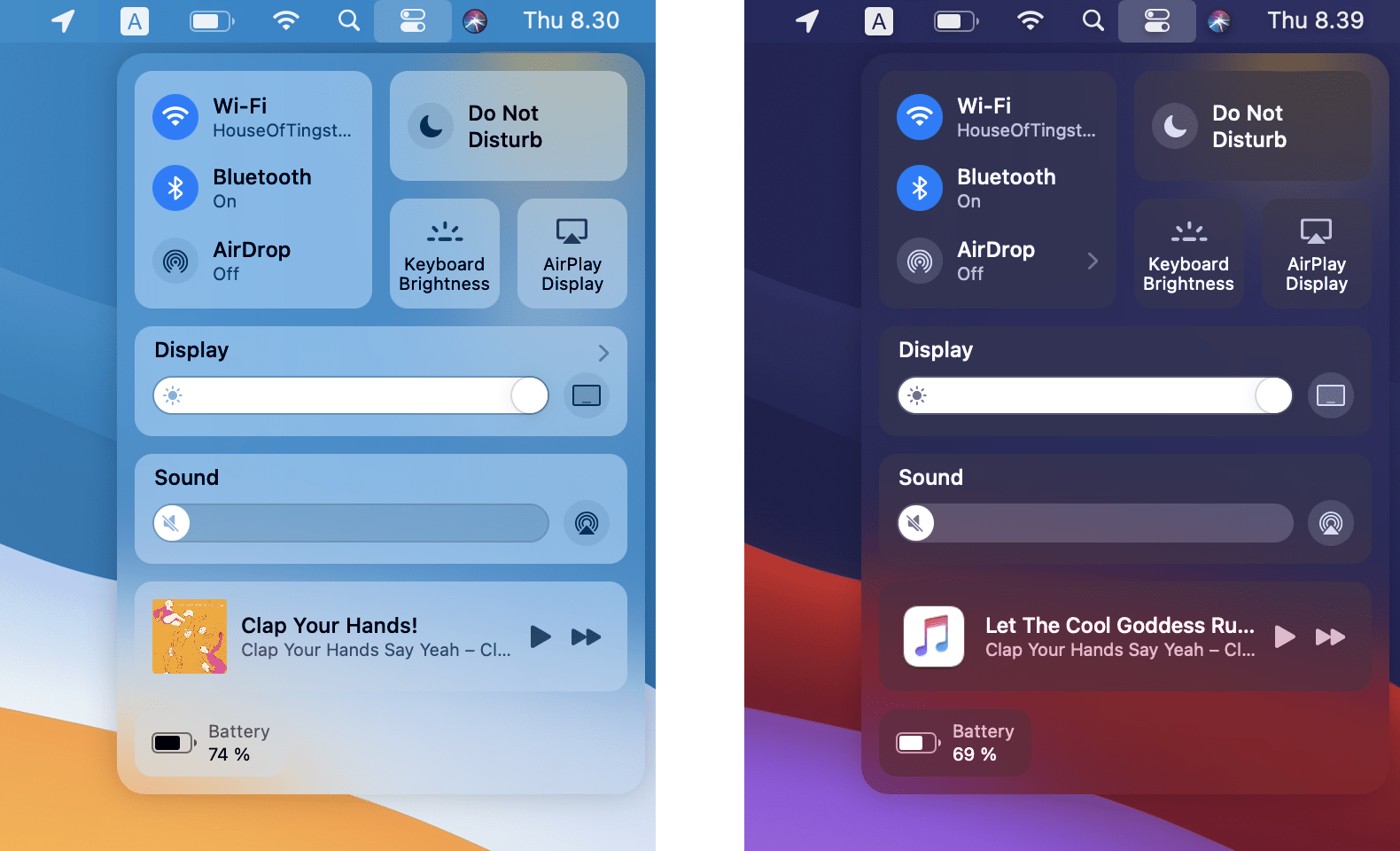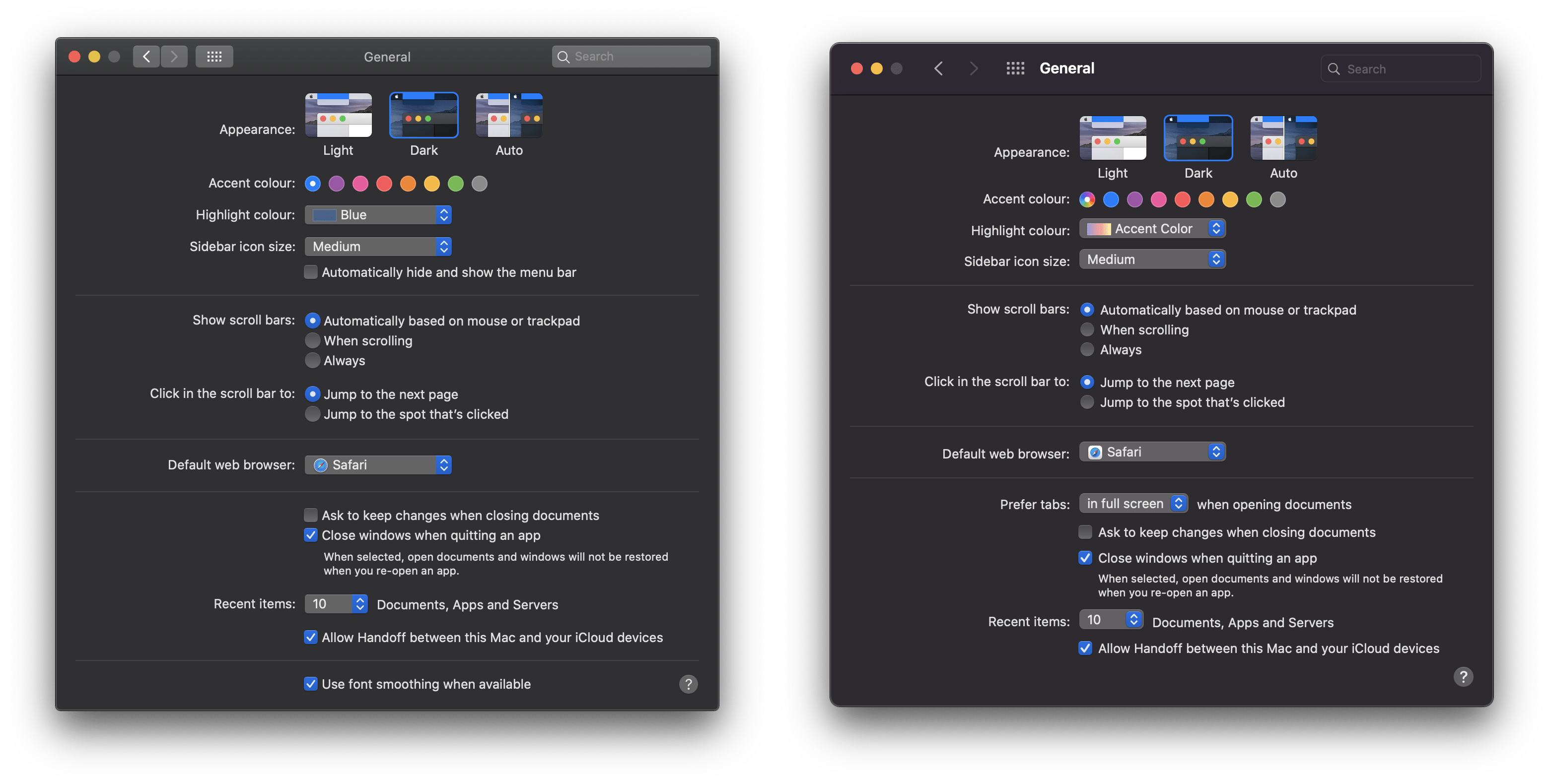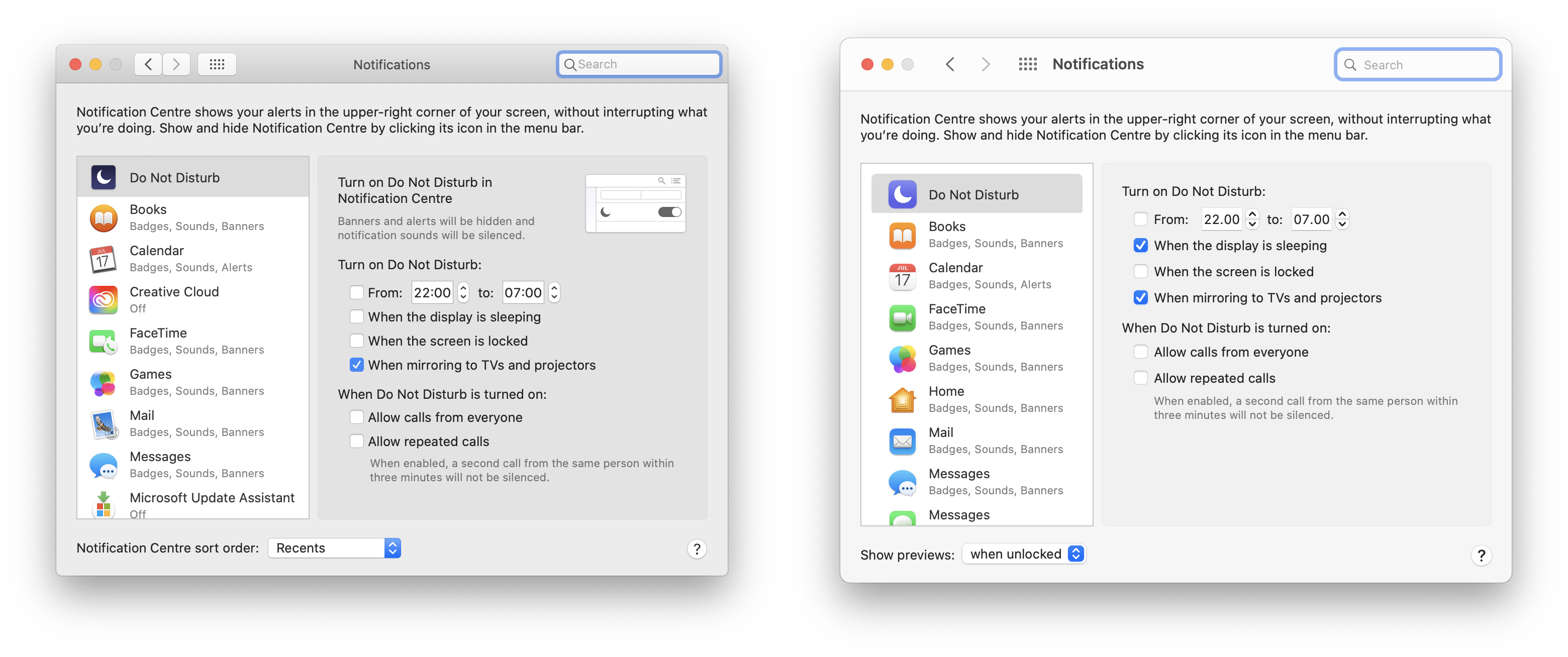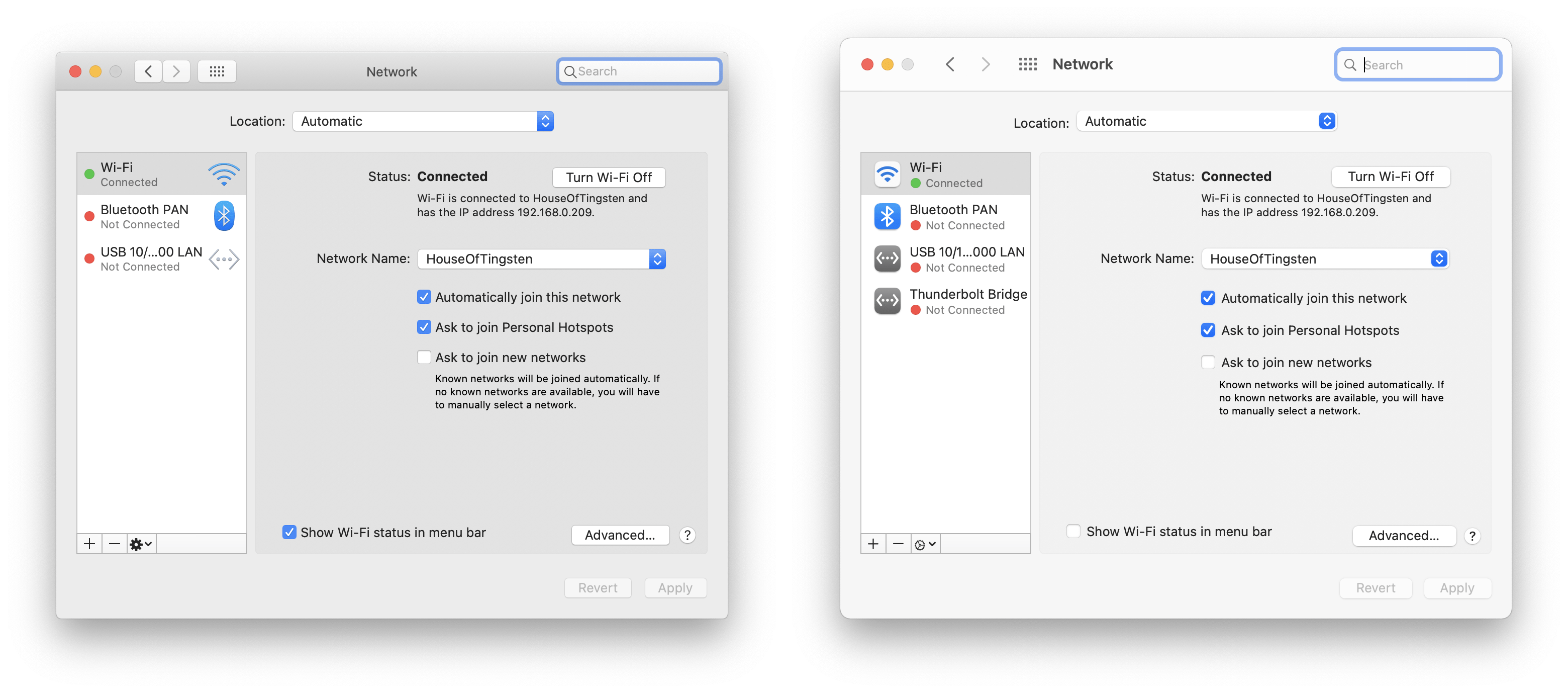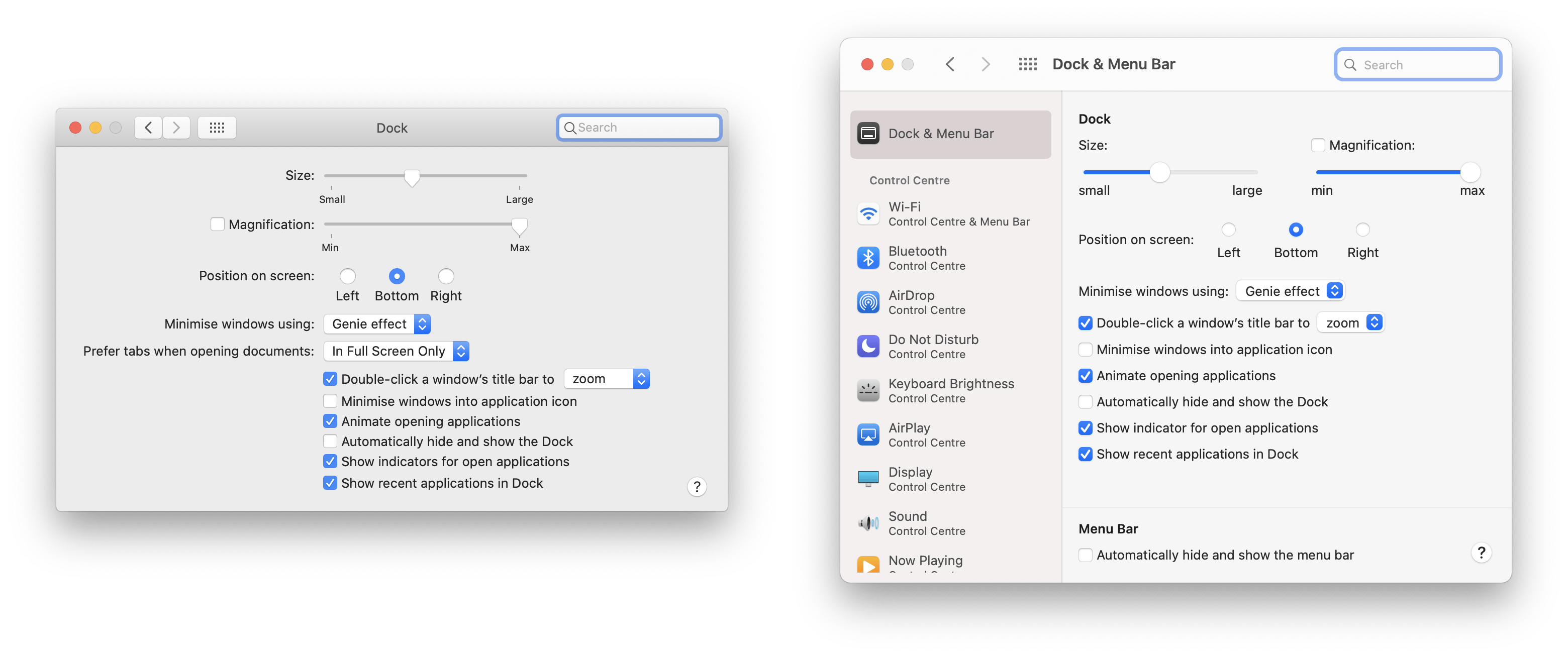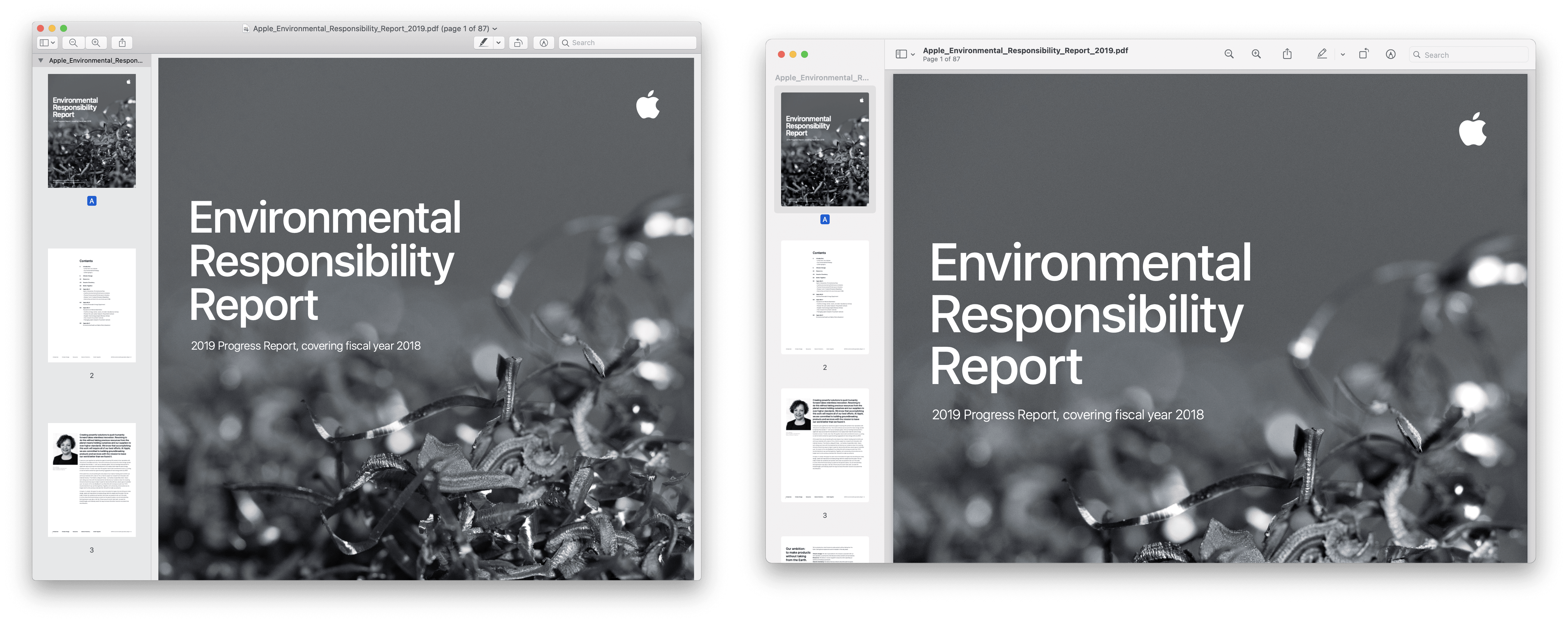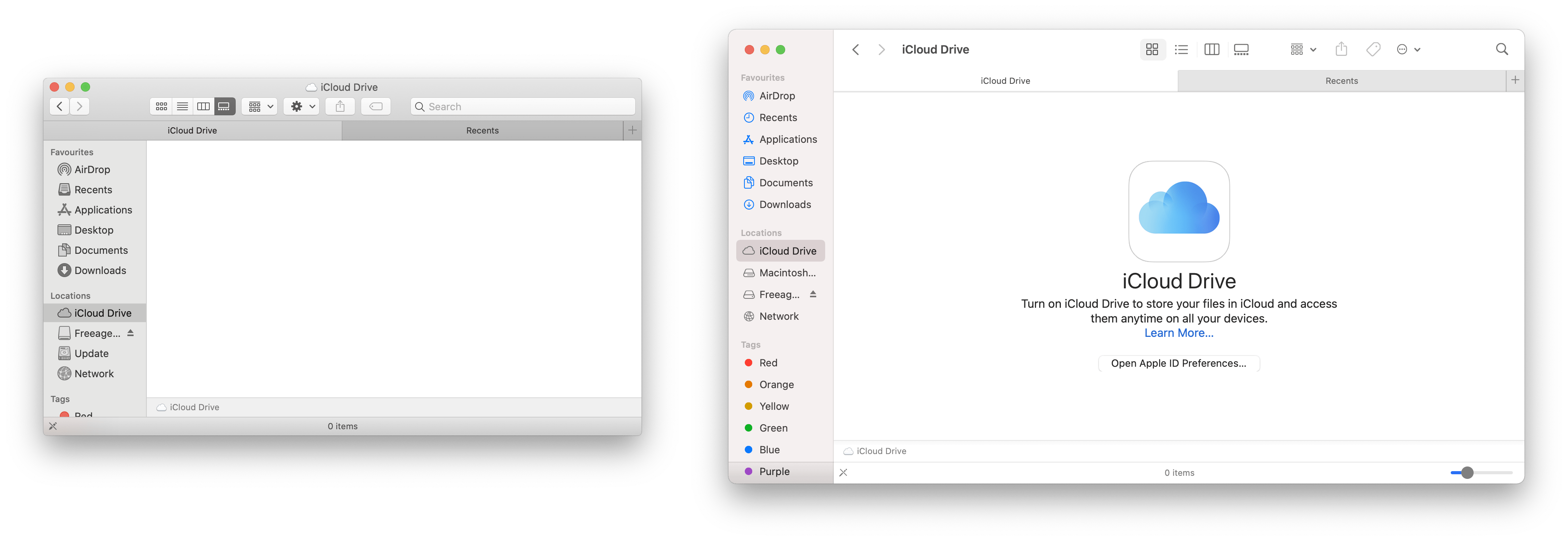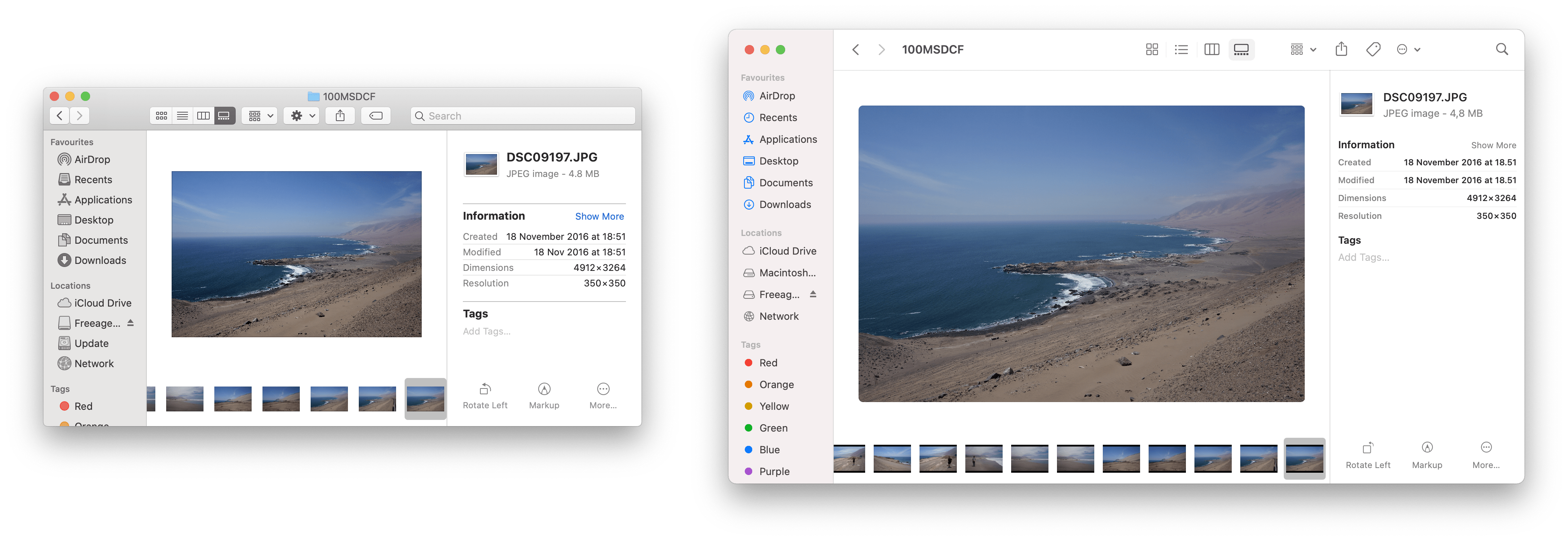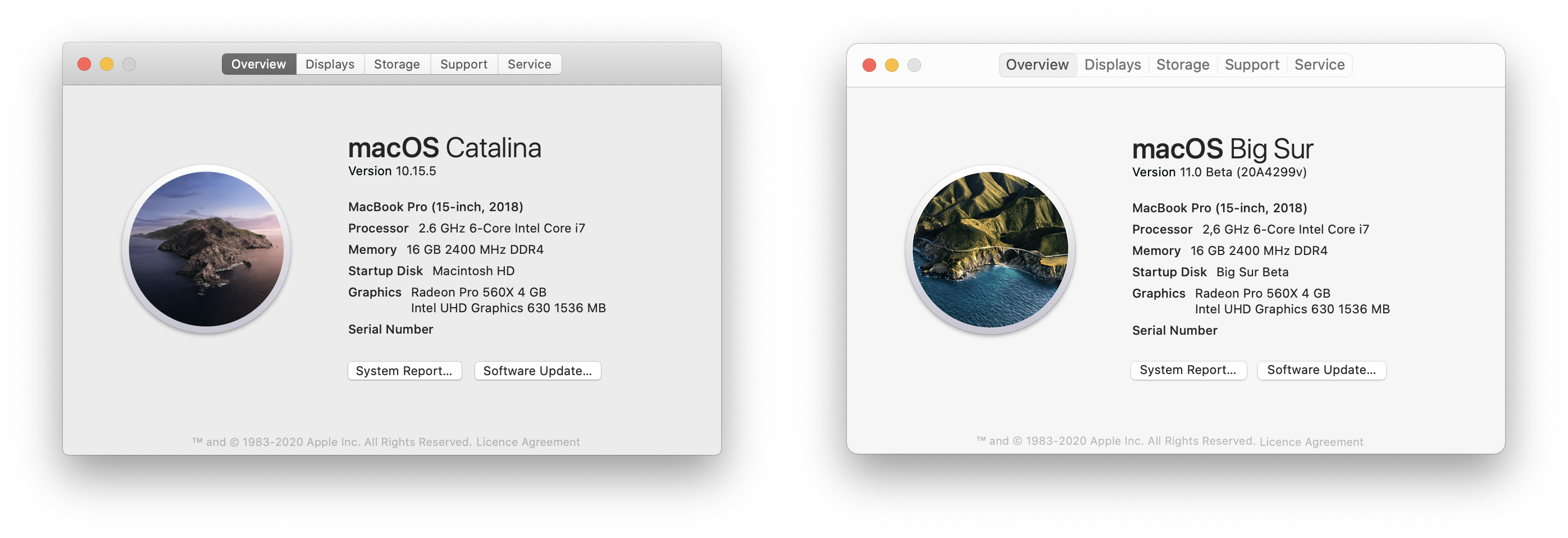The Finder is one of the applications that we use every day on the Mac, practically non-stop. Through the Finder, applications are launched, files are opened, folders are created, and so on. It is said that a user who does not use keyboard shortcuts on a Mac is not using the Apple computer to its full potential. If you don't use keyboard shortcuts, it always takes some time to move your hand from the keyboard to the mouse and back again. If you'd like to use keyboard shortcuts to make your work in the Finder on your Mac easier, you'll love this article.

Command + FEMALE
If you are in the Finder and need to open a new window, you don't need to move to the Dock, right-click on the Finder and select the option to open it. Simply press a hotkey Command + FEMALE, which will immediately open a new window. This is useful, for example, when copying files from one place to another. Just use the shortcut to open a new Finder panel Command + T
Command + W
We've shown you how to open a new Finder window above. However, if you have a lot of these windows open and you would like to close them one by one, you just need to press the shortcut Command + W. If you press Command+Option+W, this will close any Finder windows that are currently open.
It could be interest you
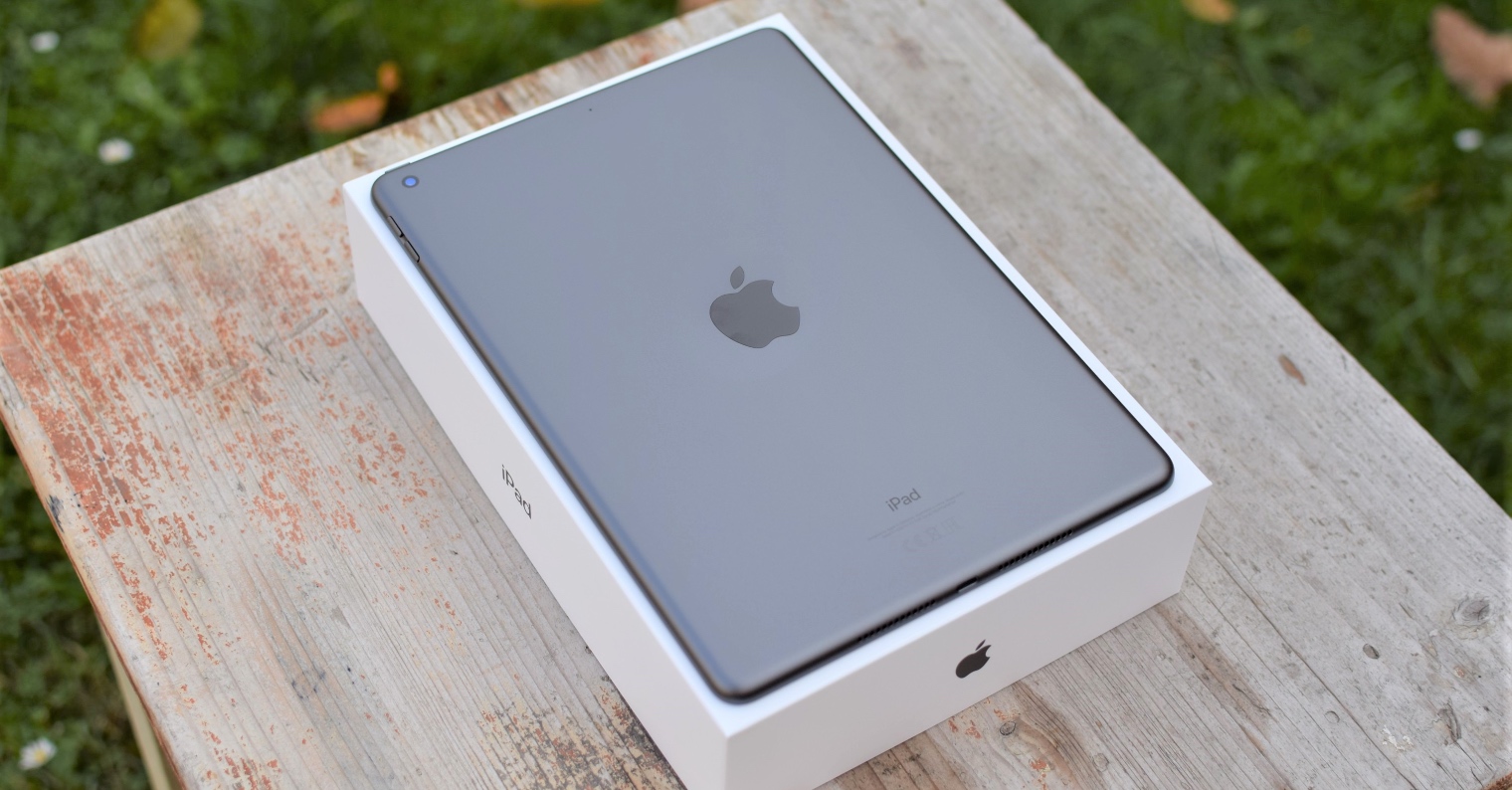
Command+D
If you want to copy and paste something on your Mac, you most likely use the keyboard shortcut Command + C and Command + V. However, if you ever need to duplicate some files in the future, there is nothing easier than highlighting them and then pressing Command + D
Command + F
From time to time we may find ourselves in a situation where we need to search for something in a large folder or location - personally, I often find myself searching for various files in the Trash. If you want to search for a file and you know the first letter of its name, just press that letter and the Finder will move you immediately. However, if you press Command + F, so you'll see advanced search options, which is handy.
This is what the future MacBook Air could look like:
Command+J
You can set individual display options for each folder you open in the Finder. This means that you can individually change, for example, the size of the icons, the display style, the displayed columns and much more. If you would like to quickly open a window with display options in a folder, just press Command + J
Command+Shift+N
One of the things we do every day in the Finder is creating new folders. Most of you create new folders by right-clicking where the appropriate option is located. But did you know that you can also use to create a new folder Command+Shift+N? As soon as you press this shortcut, the folder will be created immediately, and you can even rename it straight away.

Command + Shift + Delete
Any files you delete on your Mac automatically go to the Trash. They stay here until you empty the trash, or you can set files deleted more than 30 days ago to be deleted automatically. If you want to quickly empty the trash, just press the keyboard shortcut in it Command + Shift + Delete.
Command + Spacebar
As unbelievable as it may seem, I personally know many individuals who do not use Spotlight on their Mac. Although these are individuals who have a Mac more for simple office work, I still recommend that all of us learn to use Spotlight. If you want to activate it quickly, just press Command + Spacebar, anywhere in the system.
It could be interest you

Command + Shift + A, U and more
The macOS operating system includes several different native folders – for example, Applications, Desktop, Utilities or iCloud Drive. If you press the hotkey Command+Shift+A, then open it Application, if you replace the last key with a letter U, so they will open utilities, letter D then open area, letter H home folder and letter I open iCloudDrive.
Command + 1, 2, 3, 4
When using the Finder, you can set the display style of items in individual folders. Specifically, you can choose one of four different styles, namely icons, list, columns, and gallery. Classically, the display style can be changed in the upper toolbar, but you can also use a keyboard shortcut Command + 1, 2, 3 or 4. 1 is icon view, 2 is list view, 3 is column view and 4 is gallery view.
See the differences between macOS 10.15 Catalina and macOS 11 Big Sur:


